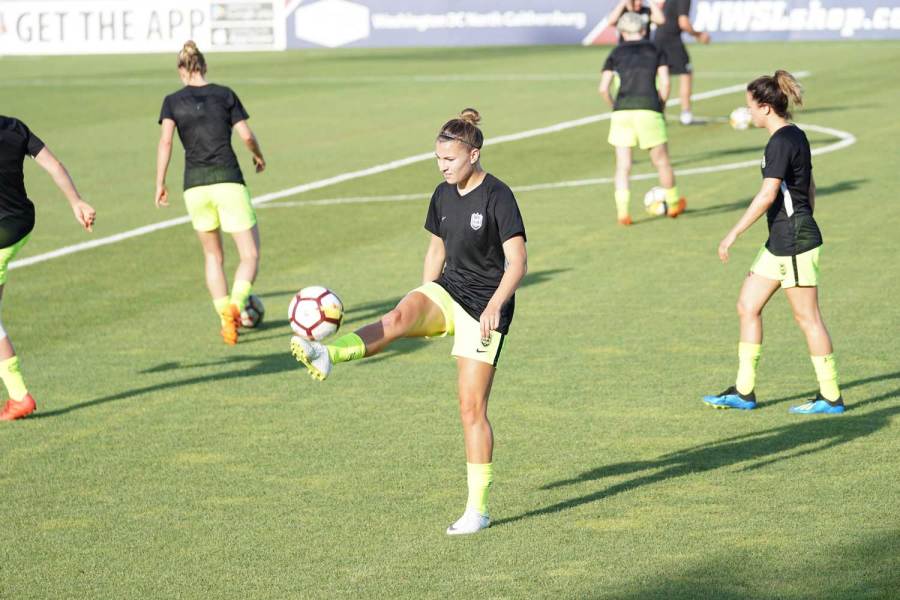Distinguishing between an employee and an independent contractor is often a complex and nuanced exercise.
This determination is especially complex for sport organisations and teams, which often engage staff and players on an ad hoc basis pursuant to arrangements that provide for variable hours of work, particularly in connection with seasonal sporting competitions.
However, the distinction is crucial given employees and independent contractors have different legal rights, obligations and entitlements. Moreover, the Fair Work Act 2009 (Cth) (FW Act), which applies to employers and employees, is far more prescriptive than the statutory obligations that apply to principals in a principal/contractor relationship.
In Australia's major domestic sport leagues, athletes, coaching staff, medical and support personnel are almost always engaged as employees. The distinction, however, is less clear in "second tier" or semi-professional sporting leagues where written contracts do not necessarily define the relationship between the parties. Similarly, this is also the case for certain sport organisations and teams that engage specialist coaching, medical and administrative staff on a seasonal or ad hoc basis, including physiotherapists, timekeepers and team managers.
While these legal uncertainties have been a longstanding feature of the Australian sport landscape, two recent High Court decisions in Construction, Forestry, Maritime, Mining and Energy Union v Personnel Contracting Pty Ltd¹ and ZG Operations Australia Pty Ltd v Jamsek² have helpfully clarified the approach to the task of identifying whether an individual is an employee or a contractor. Accordingly, this article examines how the evolving case law regarding the principal/contractor distinction may operate to help or hinder sporting teams and governing bodies while setting out the key considerations in contracting with athletes in the future.
What is a principal? Where a company engages an independent contractor to perform services, the company is known as the "principal". That is, the nature of the arrangement between the parties is defined as a principal/contractor relationship rather than a relationship of employer and employee.
Employers vs independent contractors
The historical position
Historically, courts had applied a "multi-factorial test" to determine whether a worker was engaged as an employee or an independent contractor. On this approach, the court was tasked with assessing the totality of the relationship that was relevant, and key indications included: • the extent of control of, or the right to control, the worker; • the express terms of the contract between the parties; • whether the worker was provided with tools and equipment; • whether uniforms were provided and / or required by the company; • whether the worker was permitted to delegate or subcontract work; • the remuneration structure - specifically, whether the individual received payment of a periodic wage or salary or compensation by reference to the completion of a task or project; • whether the worker was entitled to paid annual leave or sick leave.
Post personnel contracting and Jamsek
In 2022, the High Court handed down two landmark decisions: Construction, Forestry, Maritime, Mining and Energy Union v Personnel Contracting Pty Ltd³ and ZG Operations Australia Pty Ltd v Jamsek⁴. For more information, we discuss these two decisions in detail in a previous article.
These decisions mark a significant departure from the historical "multi-factorial" test described above. In essence, the High Court held that while the "multi-factorial" test is still relevant, primacy must be accorded to legal rights, duties, and terms of the written contract over the subsequent conduct of the parties.
In other words, purported employment contracts will now be interpreted in a manner that is consistent with general commercial contracts and without such a pronounced emphasis on the post-contractual conduct of the parties. Accordingly, sport bodies and teams can expect contracts that clearly define the nature of a relationship between the parties, as one of employer/employee or principal/contractor, will be taken at "face value".
Employees or independent contractors?
Players and staff
As a rule, professional team athletes are employees. For instance, it has long been accepted that Australian Football League (AFL) and National Rugby League (NRL) players are employed by their respective football clubs. In the case of Buckley v Tutty⁵, the court considered the employment status of a professional footballer in the context of a restraint of trade dispute. Among other things, the High Court held that "the position of a professional footballer vis-a-vis his club is that of employer and employee".⁶
However, the position is often less apparent in relation to athletes and players who are engaged by teams in sport competitions that might appropriately be described as "semi-professional" - that is, competitions and teams that comprise a mixture of players who receive payment for playing and training (whether in the form of a "match fee" or a weekly payment or both) and those who volunteer their time, even if they receive the payment of a "stipend" or other benefits intended to defray the cost of their participation. This lack of clarity often extends to medical and support staff, and it is common for arrangements to be poorly or undocumented. This can result in an outcome where the status of the relationship between the parties is unclear.
For instance, in *Hughes v Western Australian Cricket Association (Inc)*⁷, the Federal Court of Australia held that the relationship between Australian cricket captain, Kim Hughes, and the Subiaco Floreat Cricket Club (a district cricket club of which he was a playing member) was not one of employer and employee. The terms of Hughes' engagement by the club were set out in a brief letter that merely provided for the payment of one dollar for every run scored and fifty additional dollars for a win payable at the conclusion of the relevant season. Overall, the court determined that the applicant was not an employee on the basis that his participation was voluntary and that the letter did not place on him an obligation to play in any particular match⁸.
While this decision was handed down over 30 years ago, the issues arising from the uncertain language of the agreement remain a relevant contemporary consideration - even more so now, taking account of the Personnel Contracting and Jamsek decisions.
Indeed, the risk associated with a failure to identify the true nature of the legal relationship between the parties can be very costly. For instance, where an individual is ostensibly engaged by a sport organisation or team as a contractor but is subsequently determined by a court or tribunal to be an employee at common law, they may be entitled to back-payment of a range of employment entitlements such as annual leave.
Depending on the nature of the individual's role, the relevant sport organisation or team may also be found to have breached the terms of an applicable industrial instrument, such as the Sporting Organisations Award 2020 or the Clerks - Private Sector Award 2020, which each provide for minimum hourly rates of pay and entitlements to other penalties and entitlements (such as payment for working overtime).
Finally, a failure to correctly identify the existence of an employment relationship will usually expose the team or organisation to liability to pay a civil penalty for breaching the FW Act. Moreover, a failure to correctly identify whether an individual is engaged as an employee or independent contractor at common law may also create liability under other legislative regimes, such as with respect to taxation and workers' compensation.
What should sport organisations and teams do in response?
While the strict approach of the High Court means that primacy will be given to the terms of the contract over the substance of the relationship, sport bodies and teams that engage athletes and medical and administrative support staff as employees or independent contractors should exercise caution in relying solely on contractual labels and, to the furthest extent possible, should seek to ensure that their conduct mirrors that which is expressly stated in the contract.
Indeed, these decisions serve as a useful impetus for organisations to review their contractual arrangements.
Some practical steps that sport organisations and teams may take when engaging individuals as employees or contractors at common law include:
- ensuring that the written agreement is comprehensive and unambiguous as to the type of relationship it intends to establish;
- ensuring that the duties and responsibilities or services to be provided by the individual who is a party to the agreement are sufficiently clear; and
- ensuring that the description of the arrangements accurately reflects the reality of the relationship to avoid any allegations of "sham contracting", which is unlawful under the FW Act.
With respect to the third point above, it is important to note that where a person is found to have misrepresented an employment relationship as an independent contracting arrangement or knowingly made a false statement to persuade or influence an employee to become an independent contractor, they will be in breach of the "sham contracting" provisions at sections 357 to 359 of the FW Act. However, this is a high threshold to satisfy with courts usually been more willing to identify a breach of these provisions in matters involving workers who are particularly vulnerable, such as in the contract cleaning sector.
Finally, it is important to recognise that to the extent that there is any ambiguity, the existing multi-factorial test will remain highly relevant.
To that end, if sporting organisations are not sufficiently clear contractually, they might still run the risk of a court assessing the "reality" of the relationship and making a finding contrary to what they intended.
For more information about these decisions and how they might apply to your organisation, please contact a member of our team.
Photo by Jeffrey F Lin on Unsplash
1 [2022] HCA 1.
2 [2022] HCA 2.
3 [2022] HCA 1.
4 [2022] HCA 2.
5 (1971) 126 CLR 353.
6 Ibid at [372].
7 [1986] FCA 511.
8 Ibid, See paragraph [114]-[115].
All information on this site is of a general nature only and is not intended to be relied upon as, nor to be a substitute for, specific legal professional advice. No responsibility for the loss occasioned to any person acting on or refraining from action as a result of any material published can be accepted. Lander & Rogers is furthermore committed to providing legal advice and content that is factual, true, practical and understandable. Learn more about our editorial policy.
 Client portal
Client portal











